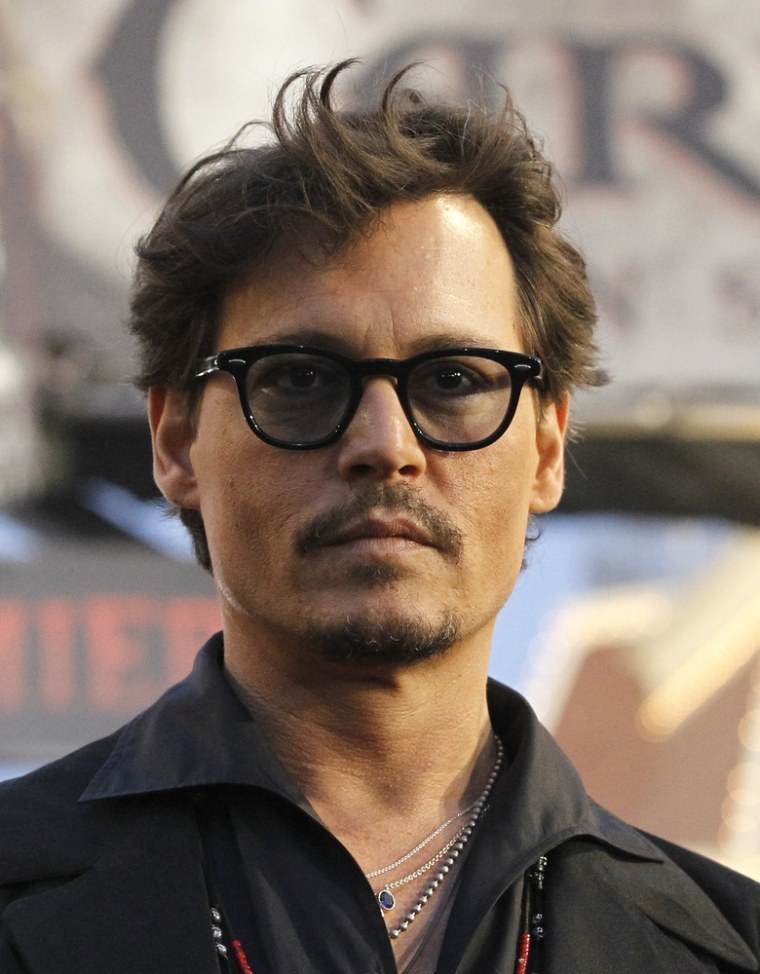By Randy Dotinga
When it comes to watching his own "Pirates of the Caribbean" movie in three dimensions, actor Johnny Depp's vision isn't exactly shipshape. "I'm unable to see in 3-D. I can’t -- my eyes don't see in 3-D. I have a weird eye," Depp told "Access Hollywood."
That's certainly not the only weird thing about Depp, who usually seems to have more dimensions than he knows what to do with. However, he does share it with millions of Americans, many of whom have no idea they can't see like everyone else until they walk into a 3-D movie and get discombobulated big time.
Harvard Medical School neurobiology professor Dr. Margaret S. Livingstone, who studies vision, suspects that Depp suffers from stereoblindness, which means his eyes aren't aligned properly and can't fully see in three dimensions.
As many as 20 percent of the population may not be able to fully see in three dimensions, said Dr. Kenneth J. Ciuffreda, a professor of optometry at the New York's State College of Optometry. Some are cross-eyed or side-eyed: "You have a disconnect between where your eyes want to focus and where the two eyes together want to point," Ciuffreda said.
Related: Why watching 'Avatar' can feel like eating bad mushrooms
You might assume people would realize their vision is out of whack before they walk into a 3-D movie and can't see anything clearly except gaping plot holes. That's not the case: It may take an uncomfortable movie viewing to open their eyes.
"They think everyone sees the same way as they do. They learn to compensate in many ways to adapt to their problem," said Dr. Brad Habermehl, president of an organization that promotes eye exercises as a treatment for certain vision conditions.
People with stereoblindness don't necessarily lose all perception of depth and three dimensions. Some famous people, like Babe Ruth and Rembrandt, were "wall eyed" -- one eye looked outward -- but they still managed just fine (and even better than fine) because their other eye took up the slack.
It's possible to develop stereoblindness as an adult, and that's absolutely noticeable. "It is much harder to navigate and reach for things," Harvard's Livingstone said. "My husband lost stereovision as an adult -- he lost vision in one eye -- and he trips on curbs and pours wine on the table."
What to do? Eye exercises ("vision therapy") and special eyeglasses may help in some cases, although some people don't need them unless they're doing something that requires sharp 3-D vision like threading needles or working with models.
If you absolutely, positively need to see a 3-D movie even though you're stereoblind -- perhaps due to an insistent spouse who wants your company no matter what -- there's an option just for you. You can buy special glasses for $10 that will convert the 3-D to 2-D. If you still get a headache, rest assured it probably has something to do with the bad acting, not your bad vision.
Want more weird health news? "Like" The Body Odd on Facebook.
